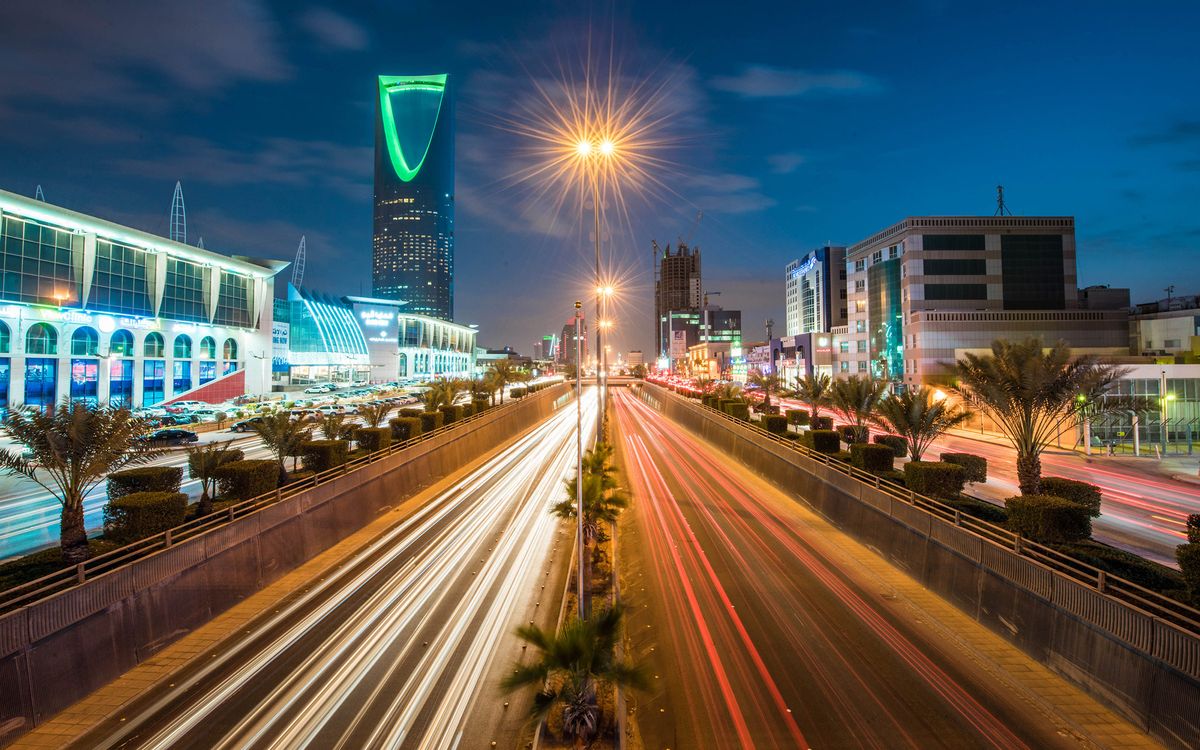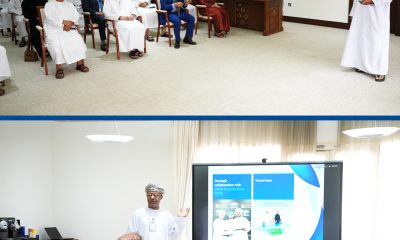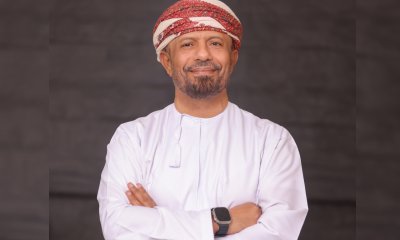Economy
Expat Levy, Handouts, Defense Cutbacks: What’s in Saudi Budget

Saudi Arabia wants to keep the fiscal taps open without blowing a bigger hole in the budget as the world’s biggest oil exporter reshapes its priorities and looks to jump-start economic growth.
The Saudi budget, unveiled late on Tuesday, outlines plans to raise expenditure by over 7 percent next year from 2018 while scaling back outlays on the military and extending handout payments worth billions of dollars to citizens for another year.
The deficit in 2019 is projected at 131 billion riyals ($34.9 billion), or 4.2 percent of gross domestic product, according to the Finance Ministry. That compares with a shortfall of 4.6 percent in 2018. The key figures were largely in line with pre-budget data released for the first time this year as the government seeks to make its public accounts more transparent.
Following are other the highlights from the Saudi budget:
Revenue
2019 revenue estimated at 975 billion riyals versus 895 billion riyals in 2018 Revenue from oil is projected at 662 billion riyals in 2019, compared with 607 billion riyals in 2018 Taxes are projected to add 183 billion riyals to the budget in 2019, up from 166 billion riyals in 2018 The 2018 revenue figure includes 50 billion riyals collected from settlements as part of the government’s declared anti-corruption probe, Finance Minister Mohammed Al-Jadaan said
VAT & Excise Tax
VAT is projected to generate 47 billion riyals in 2019 from 45.6 billion riyals in 2018, its first year of implementation Excise tax estimated to generate 10 billion riyals in 2019 versus 12 billion riyals in 2018 Expat levy revenue expected at 56.4 billion riyals in 2019 compared with 28 billion riyals in 2018
Spending
Total spending expected at 1.106 trillion riyals in 2019 versus 1.030 trillion riyals in 2018 Wage bill spending seen at 456 billion riyals in 2019 compared with 474 billion riyals in 2018 Capital spending to surge to 246 billion riyals in 2019 versus 205 billion riyals in 2018 Military spending is set to decline 12 percent in 2019 to 191 billion riyals
GDP
Economic growth is estimated at 2.6 percent in 2019 compared with 2.3 percent the previous year Non-oil GDP growth is expected to accelerate to 2.5 percent in 2019 from 2.3 percent in 2018 “The government appears to have struck a fine balance between focusing on stimulus to drive economic growth on the one hand, with fiscal prudence in accordance to its medium-term to balance the budget by its terminal date of 2023 on the other hand,” said Ehsan Khoman, head of Middle East and North Africa research and strategy at MUFG Bank Ltd. in Dubai.
Oil
Saudi Arabia would need Brent crude to trade above $95 a barrel for the year for the kingdom to balance its books, according to Bloomberg economist Ziad Daoud Budget implies average oil price of about $80 a barrel in 2019, Bloomberg Economics estimates “The authorities are no doubt hoping that the recent OPEC agreement to cut oil output from the start of next year will provide a lift to prices,” Jason Tuvey, senior emerging markets economist at Capital Economics, wrote in a note. “But we think that this optimism is misplaced and our forecast is that Brent will fall further to $55 per barrel by the end of 2019.
-

 Alamaliktistaad Magazines2 months ago
Alamaliktistaad Magazines2 months agoAlam Al Iktisaad – September 2025 Edition
-

 News2 months ago
News2 months agoKitchenomiKs Secures Investment of US$3.2M Led by Jasoor Ventures
-

 Banking & Finance2 months ago
Banking & Finance2 months agoOman Arab Bank Highlights Its Ongoing Strategic Initiatives and Future Plans
-

 News2 months ago
News2 months agoIEA Expects Global Oil Market to Remain Oversupplied in 2026
-

 Energy2 months ago
Energy2 months agoWLGA Middle East LPG Summit & Expo 2025 to be held at OCEC on November 10 and 11
-

 Real Estate2 months ago
Real Estate2 months agoAl Mouj Muscat Unveils Azura Beach Residences Phase 2: A New Chapter in Waterfront Living
-

 Leaders Speak1 month ago
Leaders Speak1 month agoDhofar International Development and Investment Company: Driving Sustainable Growth and Strategic Synergies in Oman’s Investment Landscape
-

 Events1 month ago
Events1 month agoOER Corporate Excellence Awards 2025 Honours Entities and Innovations in Oman































You must be logged in to post a comment Login